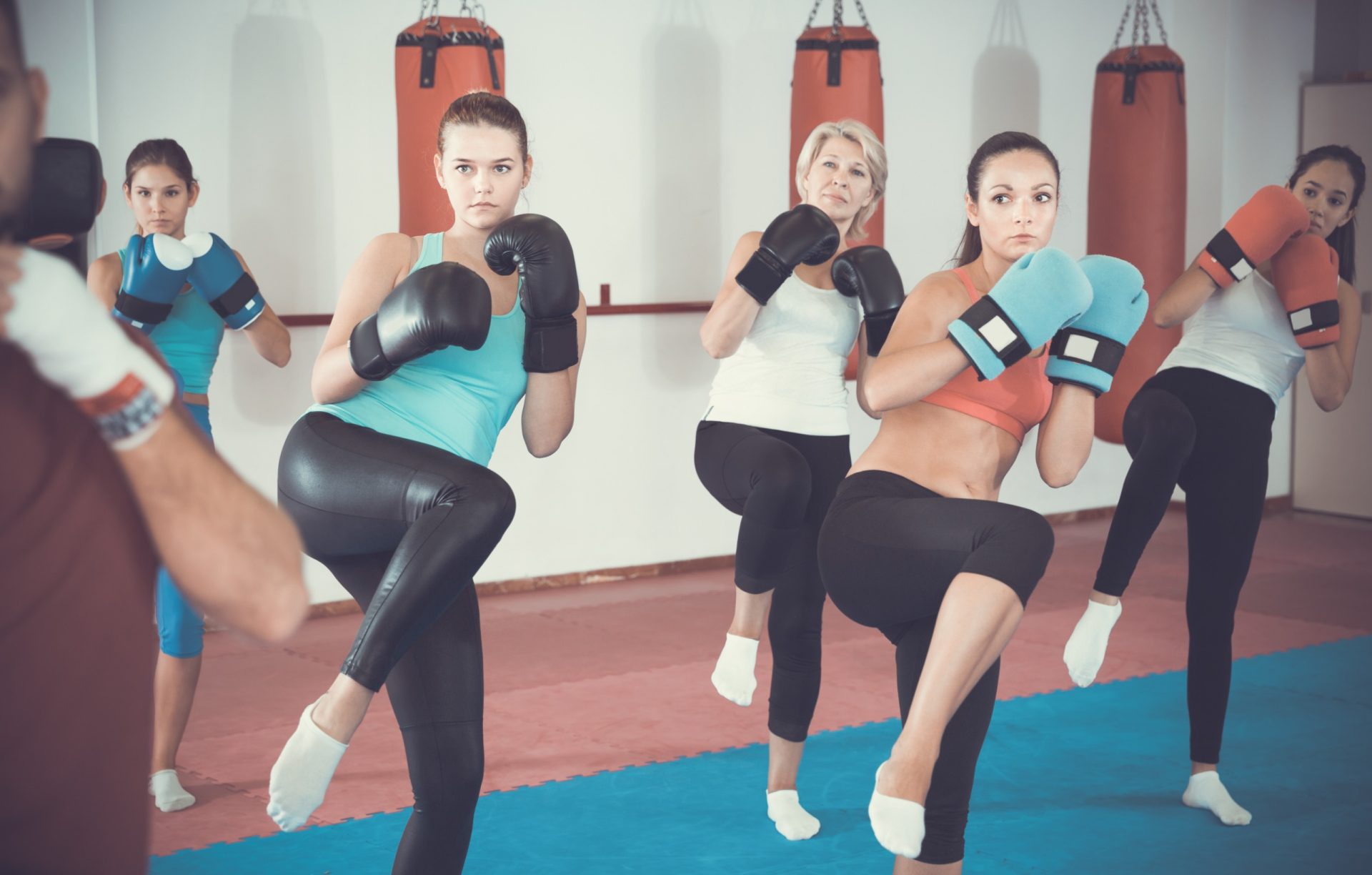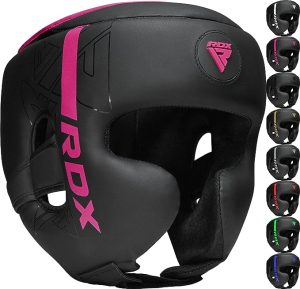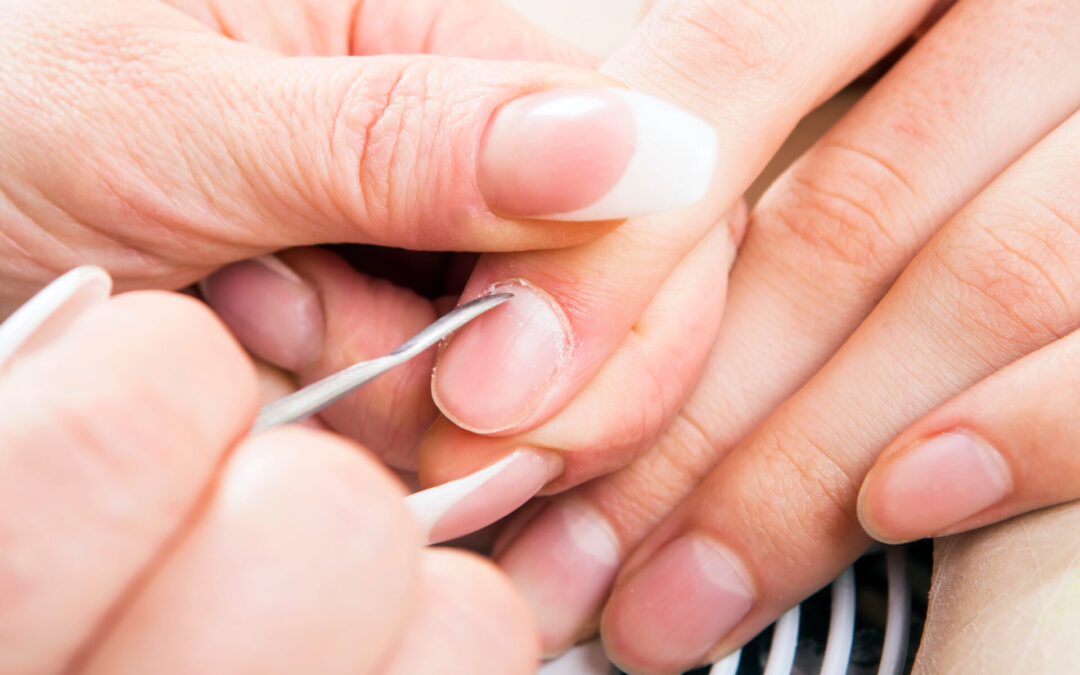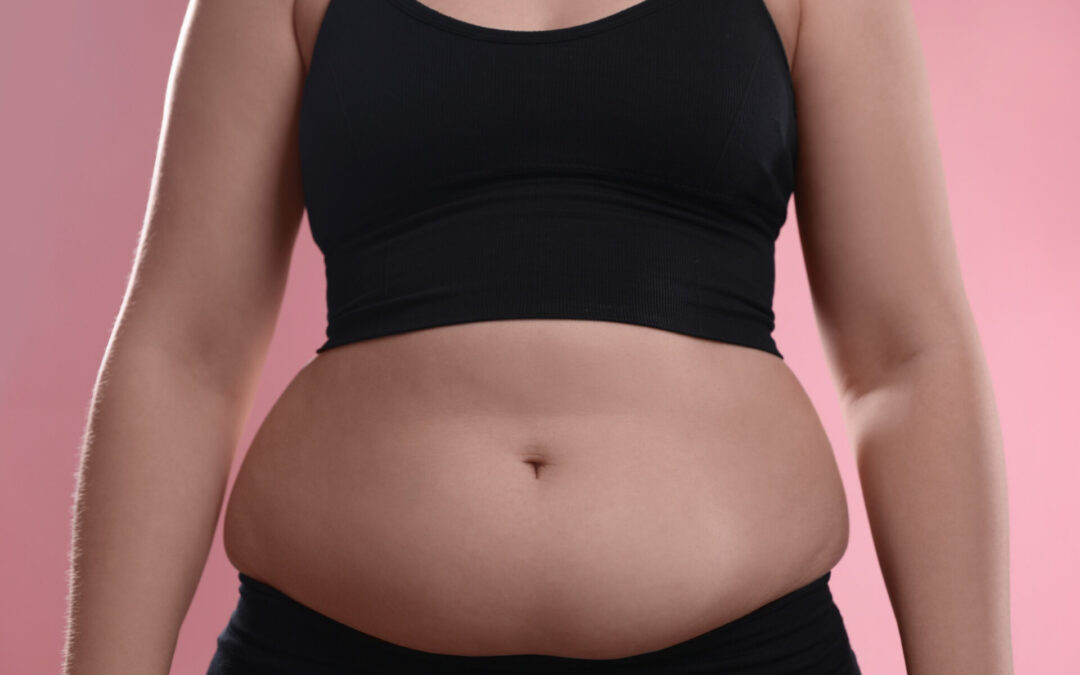Ladies, it’s time to redefine what it means to be strong and empowered, and there’s no better way to do that than through kickboxing.
This is not your average workout; it’s a dynamic, high-energy way to reshape not only your body but also your self-perception.
As women, we often juggle multiple roles, and it’s essential to find an outlet that not only keeps us fit but also instills a sense of inner strength and confidence. Kickboxing classes for women offer just that – a unique blend of physical training and mental fortitude.
Imagine a space where every punch and kick brings you closer to your fitness goals while also empowering you to face life’s challenges with renewed vigor.
So let’s dive into why kickboxing is becoming the go-to fitness solution for women everywhere.
What Exactly Do They Entail?
Kickboxing classes for women are structured to provide a comprehensive workout that challenges both the body and mind.
These classes blend elements of traditional martial arts with modern fitness techniques, creating an engaging and effective exercise routine.
Here’s a breakdown of what you can expect in a typical women’s kickboxing class:
A. The Workout Structure:
- Warm-Up: Each class begins with a warm-up session, which may include jogging, jumping jacks, and dynamic stretches. This phase prepares your body for the workout, increasing blood flow and reducing the risk of injury.
- Technique Training: Instructors will guide you through various kickboxing techniques, such as jabs, crosses, hooks, uppercuts, and different types of kicks. This part focuses on form and technique, ensuring you execute each movement safely and effectively.
- Drills and Combinations: After learning the techniques, you’ll practice them through drills and combinations. This could involve shadowboxing, hitting pads, or working with a partner. These exercises help improve your timing, coordination, and reflexes.
- Strength and Conditioning: To complement the cardiovascular aspect, classes often include strength and conditioning exercises. These can range from bodyweight exercises like push-ups and squats to working with equipment like dumbbells or resistance bands.
- Cool-Down and Stretching: To conclude, classes wind down with a cool-down period, involving slower, relaxing movements and stretching. This helps to ease your heart rate back to normal and can aid in muscle recovery.
B. The Holistic Approach:
- Physical Fitness: Expect a full-body workout that enhances cardiovascular health, builds muscle strength, and improves endurance. The high-intensity nature of kickboxing makes it an excellent option for burning calories and toning muscles.
- Mental Well-being: Kickboxing is not just about physical prowess; it’s also a mental workout. It requires focus, sharpens concentration, and can be an excellent stress reliever. The classes often leave participants feeling mentally rejuvenated and more resilient.
- Self-Defense Skills: While the primary focus is on fitness, you’ll also learn valuable self-defense techniques. Knowing how to protect yourself can boost your confidence and sense of security.
C. Community and Support:
- Social Interaction: These classes are often filled with women from various backgrounds, creating an opportunity for social interaction and support. The shared experience of working out can lead to lasting friendships and a strong sense of community.
- Motivation and Encouragement: Instructors and fellow classmates play a crucial role in providing motivation. Whether it’s pushing through a tough workout or celebrating achievements, the supportive environment is a key element of these classes.
Kickboxing Gear to Check Out
1. Sanabul Gel Boxing Gloves
2. RDX Boxing Glove Hand Wraps
3. RDX Boxing Headgear
4. JULY’S SONG Women Workout Clothes Set
Are Kickboxing Classes for Women Worth the Hype?
In recent years, kickboxing classes for women have surged in popularity, often touted as a revolutionary way to stay fit and empowered.
But are they really worth the hype?
The easy answer is yes! Here’s why:
- Full-Body Fitness: Engages multiple muscle groups for a balanced, effective workout.
- Stress Relief: Acts as a powerful stress buster, providing mental and emotional relief.
- Confidence Boost: Enhances self-esteem through mastery of self-defense techniques.
- Health Benefits: Improves cardiovascular health, flexibility, and coordination.
- Inclusive and Adaptable: Suitable for all fitness levels, with a variety of classes available.
- Enjoyable and Empowering: Provides a fun workout environment while fostering a sense of empowerment and community.
Kickboxing Gear and Equipment That Could Be Needed
If you’re thinking about starting your kickboxing journey, it’s common to wonder what gear you will need to get started.
Contrary to what you might think, you don’t need much to get started, but having the right gear is crucial for both performance and safety.
Here’s a list of essential equipment and gear that you might need:
- Gloves: Quality kickboxing gloves are a must-have. They protect your hands and wrists during punches and help reduce the risk of injury.
- Hand Wraps: These provide additional support for your wrists and hands, and are worn under the gloves.
- Appropriate Footwear: While some prefer barefoot training, others opt for specialized kickboxing shoes or supportive sneakers for better grip and foot protection.
- Comfortable Clothing: Wear breathable, moisture-wicking workout clothes that allow for free movement. Fitted gear is preferable to avoid any snagging during training.
- Shin Guards (Optional): For kick-heavy training or sparring, shin guards can prevent bruises and injuries to the legs.
- Punching Bag (For Home Practice): If you’re practicing at home, a punching bag can be a great investment for practicing your punches and kicks.
- Skipping Rope: Often used in warm-ups and conditioning, a skipping rope is a simple yet effective tool for improving footwork and cardio fitness.
Kickboxing Works Out Different Muscle Groups
This isn’t just about throwing punches and kicks; it’s a full-body tune-up that hits every major muscle group. Let’s break down how kickboxing gets you toned from head to toe:
Upper Body Action
- Arms: All those jabs, crosses, and uppercuts aren’t just cool moves — they’re great for toning your biceps, triceps, and forearms.
- Shoulders: Keeping those arms up and throwing punches really works out your shoulders, especially those deltoids.
- Chest and Back: Believe it or not, punching also gives your chest and upper back a solid workout.
Core Galore
- Abs and Obliques: Kickboxing is like a secret weapon for your core. Every twist, turn, and kick engages your abs and sides, sculpting that midsection.
- Lower Back: Those kicks and stance switches are doing wonders for your lower back, strengthening it with every move.
Lower Body Burn
- Glutes and Hips: Kicks and knee strikes mean serious business for your glutes and hip flexors.
- Thighs: Your quads and hamstrings get in on the action too, helping you power through those high kicks.
- Calves: Bouncing and moving around on the balls of your feet? That’s calf magic happening right there.
It Can Be Great Cardio as Well
Kickboxing isn’t just about toning muscles; it’s also an incredible cardio workout. Here’s why it’s so awesome for getting your heart pumping:
- High-Energy Workouts: From the moment the class starts, it’s go-time. The fast-paced nature of kickboxing means you’re constantly moving, keeping that heart rate up and burning calories.
- Combination of Movements: Think about it – you’re not just punching or just kicking; you’re doing a bit of everything. This variety keeps your body guessing and your heart racing.
- Interval Training Effect: Many kickboxing classes are structured with bursts of intense activity followed by brief rest periods. This interval approach is fantastic for cardiovascular health and can boost your metabolism.
- Fun Factor: Let’s face it, when a workout is fun, you’re more likely to push harder and for longer. Kickboxing has that engaging, addictive quality that makes you want to keep going, giving your heart a thorough workout.
So, if you’re looking to step up your cardio game, kickboxing is a winner.
It’s not just about the physical exertion; it’s the excitement, the energy, and the pure fun of the workout that gets your heart into it as much as your body.
How Many Calories Does a Kickboxing Class Typically Burn?
Curious about the calorie burn from kickboxing? Well, you’re in for some good news:
- Average Burn: A typical hour-long kickboxing class can torch between 500-900 calories, depending on the intensity and your individual physique and effort level.
- Factors Involved: Your weight, fitness level, and the class’s pace all play a role in how many calories you’ll burn.
- High Intensity = Higher Burn: The more vigorously you engage in the exercises, the more calories you’ll burn.
Kickboxing is a powerhouse when it comes to burning calories and shredding fat. So, if you’re looking for an effective way to boost your fitness and lose weight, kickboxing could be your ticket!
Are There Different Types of Kickboxing Classes for Women?
Absolutely! One of the best things about kickboxing is its versatility. There are several types of classes tailored to different interests and goals:
1. Fitness Kickboxing
These classes focus on cardio and conditioning. They’re great for burning calories and getting a full-body workout, without heavy emphasis on combat techniques.
2. Cardio Kickboxing
Similar to fitness kickboxing, these classes are high-energy and designed to get your heart rate up. It’s all about fast-paced movements and aerobic exercise.
3. Traditional Kickboxing
More technique-focused, these classes teach the fundamentals of kickboxing as a martial art, including sparring and self-defense skills.
4. Women’s Self-Defense Kickboxing
These classes blend fitness with practical self-defense techniques, empowering women to defend themselves while getting fit.
5. Kickboxing Circuit Training
This type involves rotating through different stations and exercises, combining kickboxing techniques with strength and conditioning drills.
Each type offers something unique, so whether you’re looking to get fit, learn self-defense, or just have some fun, there’s a kickboxing class out there for you!
Different Exercises and Activities You Can Expect to Do
In a kickboxing class, get ready for a variety of exercises:
- Punching Techniques: Jabs, crosses, hooks, and uppercuts.
- Kicking Moves: Front kicks, roundhouse kicks, and sidekicks.
- Combination Drills: Sequences that combine punches and kicks.
- Pad Work: Hitting focus mitts or heavy bags.
- Bodyweight Exercises: Squats, lunges, and push-ups.
- Core Workouts: Crunches and planks for abdominal strength.
- Cool-Down Stretches: To relax muscles and prevent injury.
These activities make kickboxing classes dynamic and engaging, ensuring a full-body workout.
How Many People Are Usually in a Class?
The size of a kickboxing class can vary, and here’s what you might expect:
- Small Classes: Ranging from 5-15 people. These are great for personalized attention from the instructor and a more intimate setting where you can get to know your classmates.
- Medium-Sized Classes: Typically have around 15-20 participants. They strike a balance between individual attention and the energy of a group setting.
- Larger Classes: These can host 20-30 or more participants, especially in popular gyms or for sought-after instructors. They’re known for their vibrant, high-energy atmosphere, which many find motivating.
Whether you prefer a smaller group for more individualized feedback or thrive in the energy of a larger crowd, there’s likely a kickboxing class size that will suit your preference.
How Much Do Private Kickboxing Lessons Cost?
The cost of private kickboxing lessons can vary widely based on several factors, such as the instructor’s experience, location, and the length of the session.
Generally, prices range from $50 to $100 per hour.
In metropolitan areas or with highly experienced trainers, the cost could be higher. It’s also common for instructors to offer package deals, which can reduce the per-session cost if you commit to multiple lessons.
Always check with the instructor or gym for specific pricing and any available discounts or packages.
Pros and Cons of Private Lessons vs Group Classes
When deciding between private lessons and group classes for kickboxing, it’s helpful to weigh their pros and cons:
Private Lessons
Pros
- Personalized Attention: Tailored training focusing on your specific needs and goals.
- Flexible Scheduling: Can often schedule sessions at times that suit you.
- Rapid Progress: One-on-one coaching can lead to faster improvement.
Cons
- Cost: Generally more expensive than group classes.
- Less Social Interaction: Miss out on the community feel of group classes.
Group Classes
Pros
- Motivating Atmosphere: The energy of a group can be very motivating.
- Social Aspect: Opportunity to meet new people and build a community.
- Cost-Effective: Usually more affordable than private lessons.
Cons
- Less Individual Attention: Instructors might not be able to provide personalized guidance to each participant.
- Fixed Schedule: Need to fit classes into your schedule, as they have set times.
Ultimately, the choice depends on your personal preferences, goals, and budget. Some people even choose a mix of both to maximize the benefits.
Zoppler is reader supported and may earn affiliate commissions from links on this page. We support and believe in all the products and services we promote and are affiliated with.
















